Strad readers submit their problems and queries about string playing, teaching or making to our experts
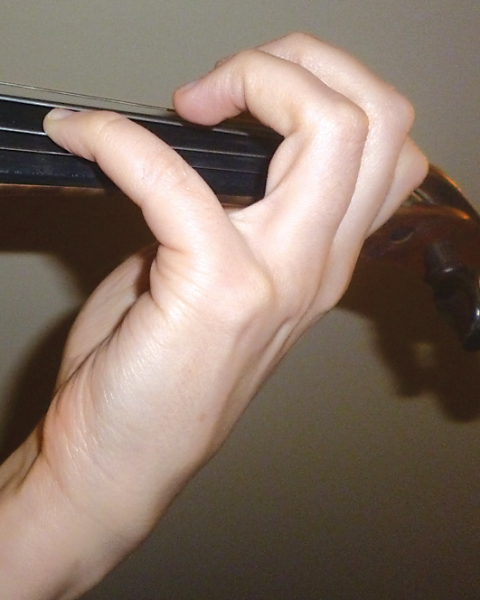
In the 17th of the series, a reader asks how can a string teacher help a student with a shorter fourth finger than is usual? Violin and cello tutors pass on tips for encouraging young players.
Do you have a burning question about string playing, teaching or making that you need answering by people who really know? Email us at thestrad@thestrad.com.
The dilemma I have a young pupil with a very short left-hand fourth finger (around a quarter-inch shorter than the usual length). I haven’t wanted her to omit using it completely, but after a year of lessons there’s still a ‘hiccup’ between notes whenever she has to use it. My suggestions have included shifting up a fraction before using it, or using her third finger instead where possible. I wonder if you could offer any further advice. I’d also be interested in your opinions as to how much you think this will hold her back if she wishes to take the violin more seriously in the future.
LIZZY BARMAK, LONDON, UK
KOEN RENS A very short fourth finger is a challenge in violin playing, especially in the very early stages when the correct angle of the hand with the neck of the violin needs to be found. If the hand is also not large, or if the base of the fourth finger starts considerably lower than the other fingers, there may be difficulties that players with larger hands rarely encounter.
In the first place, it is important to allow the thumb to move. Large hands also benefit from a free (passively) moving thumb as a reaction to the shifting of the weight towards the sounding finger. Therefore, it can be helpful to build up the hand from the fourth and third fingers and then spread downwards to the second and first. Opening the hand between the first and second fingers, and ‘unhooking’ the first finger (so that it touches a little more on the side of the finger pad) also helps to allow the fourth finger to keep the slightly round shape that gives the elastic strength needed in a balanced hand. The fourth finger will have to touch the string a little more on the finger side of the tip. This technique can greatly help in developing fluency.
Many players and teachers have noticed how much easier it is for people with a large hand and similarly sized fingers to play the violin. The strings form a straight line, and it is every violinist’s task to bend the fingers in such a way that the fingertips also follow that straight line. Awareness of the difference in distance from the string helps with finding the most efficient movement.
The base of the first finger almost always touches the neck of the violin slightly, and the base of the fourth should not be too far away from the fingerboard either.
Last but not least, by searching for balance in the left hand, and also by gently stretching over the years, many players with a short fourth finger have reached a professional playing level. Even if some virtuoso music is playable only for the largest hands, there is more good music left to be played than anyone could learn in a lifetime.
ELAINE ACKERS This question is of particular relevance to cellists, who have the added advantage of being able to use their thumbs. Players with shorter fingers, especially those with a short fourth finger, often have to develop an excellent thumb position out of sheer necessity.
There are some inevitable disadvantages for players with short fingers. One is the difficulty of playing 5ths across two strings with the fourth finger. In these situations they might have to use a different finger, or be inventive by using two different fingers. There are also many situations when using a fourth finger high up would be convenient but no good if they can’t reach. However, this opens up the opportunity for a much more mature approach whereby they really have to think for themselves about fingerings.
These cellists need to play with a much more ‘square’ hand (at right angles to the fingerboard), which enables them to play without too much strain. It is imperative that they do not squeeze with their thumb, so that in first position, say, the thumb can move up a little as the cellist plays a scale. Playing scales in 3rds is also a great way to help establish this ‘square’ shape.
As far as the actual instrument is concerned, it is very important that the spacings in between the notes should not be too big for the player’s hand. The other important factor is where fourth position is, in relation to the groove of the neck – where the thumb usually sits. Even things like the height of the strings in relation to the fingerboard can make a big difference to someone with shorter fingers, so a cello must be set up well for the player.
MIMI ZWEIG It seems to me that you are doing everything right. The most important thing is to understand the balance of the left hand. Students ought to balance back from their fourth finger by placing the lower fingers into an extended back position.
For beginners, I often draw a ‘magic X’ at the side of their left hand, at the bottom of their index finger. Keeping the X aligned with the neck, it is possible for them to slide up from the lower fingers with the old finger (probably first or second) still in contact with the string, until they are in the new position, then place the fourth finger down. This gives the effect of extending back, even though they are not lifting their lower fingers off the string. (The wrist comes in, not out.)
In order not to place undue strain on the hand or arm, ensure that the fingers are very relaxed after being used. For those special expressive notes, I would suggest changing from the fourth finger to one of the other fingers.
Here are a few more ideas:
*Is the violin a suitable size for the student? When choosing an instrument, it is usually better to err on the side of a smaller size.
*Make sure the neck of the violin is not too large, bulky or wide. The neck can always be made smaller.
*The fingers should always be placed so as to generate the least amount of pressure on the strings.
Koen Rens is a Belgian violinist and teacher who has worked as a guest clinician in Europe, the US, Australia and Japan
Elaine Ackers is a freelance cellist and teacher at Birmingham Junior Conservatoire, Birmingham University and Rugby School
Mimi Zweig is professor of violin at the Jacobs School of Music and director of the Indiana University String Academy in Bloomington, IN, US
Subscribe to The Strad or download our digital edition as part of a 30-day free trial. To purchase single issues click here.

![[2] Echo Theory pc Lukas Breuer - Copy](https://dnan0fzjxntrj.cloudfront.net/Pictures/274x183/2/5/7/38257_2echotheorypclukasbreuercopy_270148.jpg)

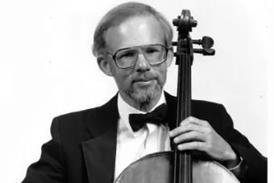



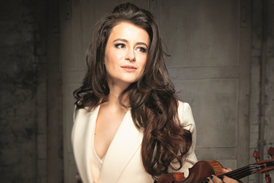




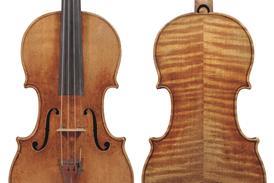
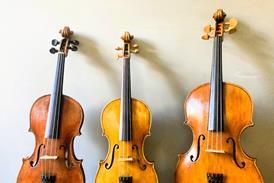
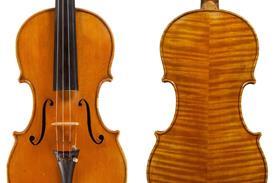
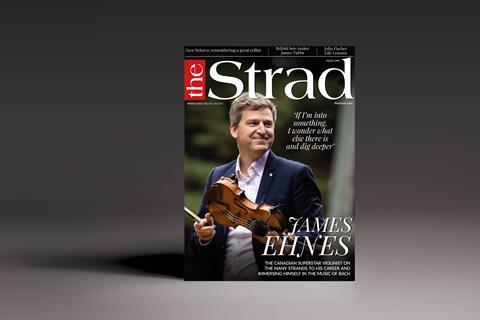




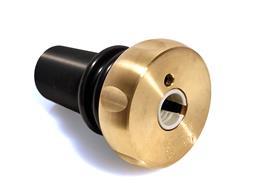
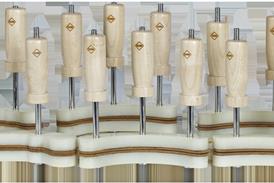
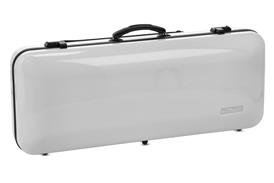





























2 Readers' comments